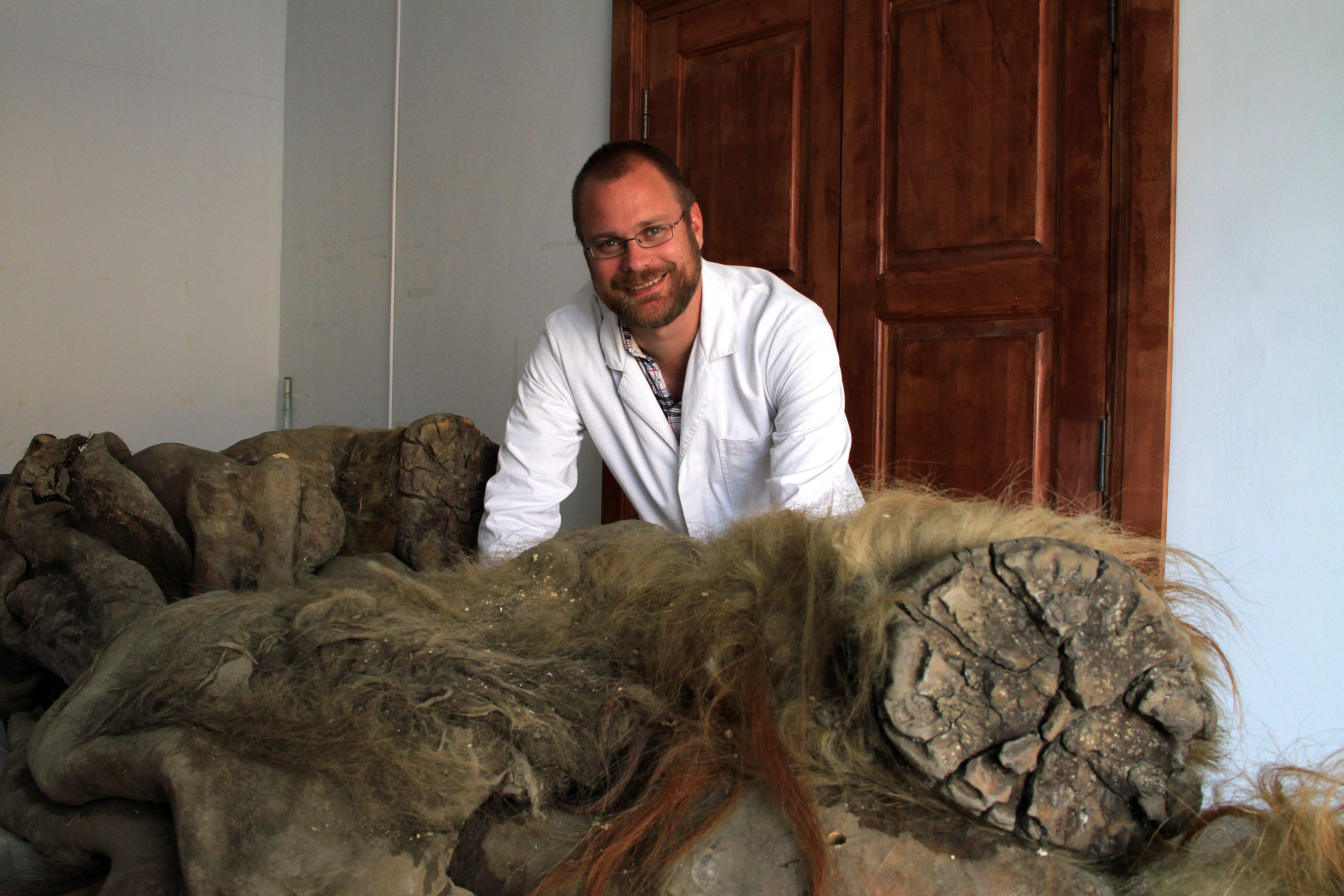Woolly mammoths ‘evolved smaller ears and fluffier coats over 700,000 years’
Researchers compared the genomes of the giant creatures with modern day elephants to find out what made woolly mammoths unique.

Your support helps us to tell the story
From reproductive rights to climate change to Big Tech, The Independent is on the ground when the story is developing. Whether it's investigating the financials of Elon Musk's pro-Trump PAC or producing our latest documentary, 'The A Word', which shines a light on the American women fighting for reproductive rights, we know how important it is to parse out the facts from the messaging.
At such a critical moment in US history, we need reporters on the ground. Your donation allows us to keep sending journalists to speak to both sides of the story.
The Independent is trusted by Americans across the entire political spectrum. And unlike many other quality news outlets, we choose not to lock Americans out of our reporting and analysis with paywalls. We believe quality journalism should be available to everyone, paid for by those who can afford it.
Your support makes all the difference.Woolly mammoths evolved smaller ears and fluffier coats over the 700,000 years they roamed the Siberian steppes, according to a new study.
Researchers compared the genomes of the giant creatures with modern day elephants to find out what made woolly mammoths unique, both as individuals and as a species.
They found that many of the woolly mammoth’s traits, including their woolly coats and large fat deposits, were already genetically encoded in the earliest of the animals.
However, these and other features became more defined during the more than 700,000 years that the creatures roamed the Earth.
The very earliest woolly mammoths weren't fully evolved
Researchers also identified a gene with several mutations that may have been responsible for the animal’s small ears.
First author David Diez-del-Molino, of the Centre for Palaeogenetics in Stockholm, Sweden, said: “We wanted to know what makes a mammoth a woolly mammoth.
“Woolly mammoths have some very characteristic morphological features, like their thick fur and small ears, that you obviously expect based on what frozen specimens look like, but there are also many other adaptations like fat metabolism and cold perception that are not so evident because they’re at the molecular level.”
For the study, published in Current Biology, researchers compared the genomes (complete set of DNA) of 23 Siberian woolly mammoths with 28 modern day Asian and African elephant genomes.
They report that 22 of these woolly mammoths were relatively modern, having lived within the past 100,000 years, and 16 of the genomes had not been previously sequenced.
The 23rd genome belonged to one of the oldest-known woolly mammoths, Chukochya, who lived approximately 700,000 years ago.
Overall, the 700,000-year-old Chukochya genome shared approximately 91.7% of the mutations that caused changes in the more modern woolly mammoths.
This suggests that many of the woolly mammoth’s defining traits, including thick fur, fat metabolism, and cold-perception abilities, were probably already present when the woolly mammoth first diverged from its ancestor, the steppe mammoth, researchers say.
However, these traits developed further in Chukochya’s descendants.
Senior author Love Dalen, professor of evolutionary genomics at the Centre for Palaeogenetics in Stockholm, said: “The very earliest woolly mammoths weren’t fully evolved.
“They possibly had larger ears, and their wool was different – perhaps less insulating and fluffy compared to later woolly mammoths.”
Prof Dalen added: “Having the Chukochya genome allowed us to identify a number of genes that evolved during the lifespan of the woolly mammoth as a species.
“This allows us to study evolution in real time, and we can say these specific mutations are unique to woolly mammoths, and they didn’t exist in its ancestors.”
The researchers say that many genes that were adaptive for woolly mammoths are related to living in cold environments, and some of them are shared by unrelated modern-day Arctic mammals like reindeer and polar bears.
They also described some of the challenges involved in carrying out the research.
Prof Dalen said: “Apart from the field work, where we have to battle both polar bears and mosquitos, another aspect that makes this much more difficult is that you have to work in an ancient DNA laboratory.
“And that means that you have to dress up in this full-body suit with a hood and face mask and visor and double gloves, so doing the lab work is rather uncomfortable to put it mildly.
“I would like to highlight Marianne Dehasque, the second author of this paper, who did the herculean effort of performing lab work on most of these samples.”